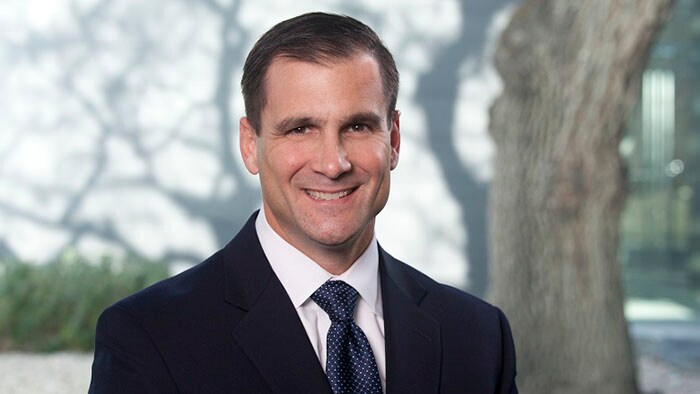Summary
The article discusses the challenges and potential solutions for the U.S. health care workforce shortage. By 2037, the country is expected to face a significant shortfall of doctors, partly due to an aging population. Initiatives like health care high schools, tuition waivers, virtual care, and AI tools are being explored to address these issues.
Key Facts
- In 2023, the health care industry employed 17 million people, making it the largest employment sector in the U.S.
- By 2037, the U.S. may lack 187,130 full-time physicians, with rural areas facing a bigger gap.
- The U.S. population is aging, leading to higher demand for health care services.
- Solutions include early training in health care high schools and tuition-free medical schools.
- Virtual care and AI tools help expand doctors' reach and reduce their workload.
- Some doctors feel disrespected due to corporatization and administrative burdens, contributing to burnout.
- A new survey shows 83% of physician informatics officers have more duties now than two years ago.
- The House Committee on Energy and Commerce plans to hold a hearing on AI in health care on September 3.
